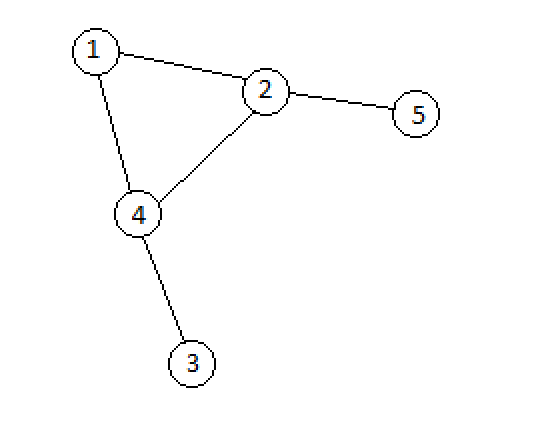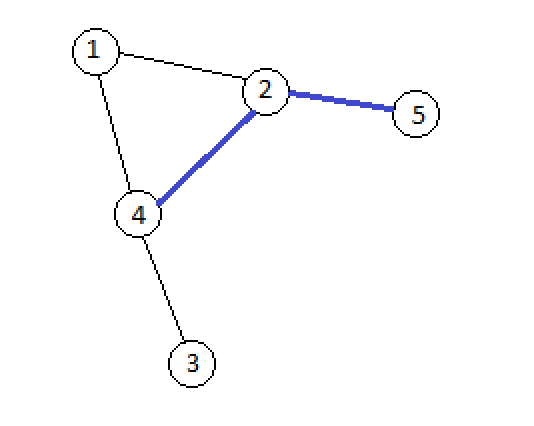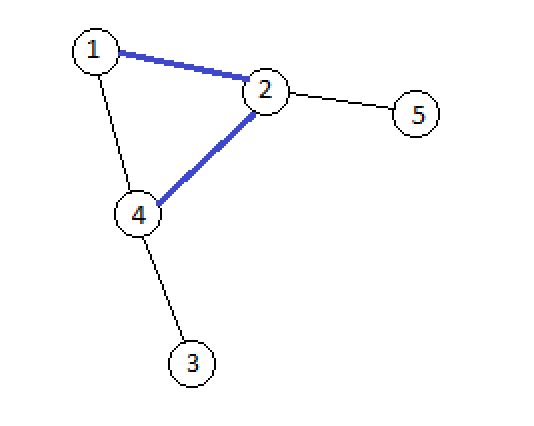Preparando MOJI
You are given an undirected connected graph G consisting of n vertexes and n edges. G contains no self-loops or multiple edges. Let each edge has two states: on and off. Initially all edges are switched off.
You are also given m queries represented as (v, u) — change the state of all edges on the shortest path from vertex v to vertex u in graph G. If there are several such paths, the lexicographically minimal one is chosen. More formally, let us consider all shortest paths from vertex v to vertex u as the sequences of vertexes v, v1, v2, ..., u. Among such sequences we choose the lexicographically minimal one.
After each query you should tell how many connected components has the graph whose vertexes coincide with the vertexes of graph G and edges coincide with the switched on edges of graph G.
The first line contains two integers n and m (3 ≤ n ≤ 105, 1 ≤ m ≤ 105). Then n lines describe the graph edges as a b (1 ≤ a, b ≤ n). Next m lines contain the queries as v u (1 ≤ v, u ≤ n).
It is guaranteed that the graph is connected, does not have any self-loops or multiple edges.
Print m lines, each containing one integer — the query results.
5 2
2 1
4 3
2 4
2 5
4 1
5 4
1 5
3
3
6 2
4 6
4 3
1 2
6 5
1 5
1 4
2 5
2 6
4
3
Let's consider the first sample. We'll highlight the switched on edges blue on the image.
The graph before applying any operations. No graph edges are switched on, that's why there initially are 5 connected components.

The graph after query v = 5, u = 4. We can see that the graph has three components if we only consider the switched on edges.

The graph after query v = 1, u = 5. We can see that the graph has three components if we only consider the switched on edges.

Lexicographical comparison of two sequences of equal length of k numbers should be done as follows. Sequence x is lexicographically less than sequence y if exists such i (1 ≤ i ≤ k), so that xi < yi, and for any j (1 ≤ j < i) xj = yj.